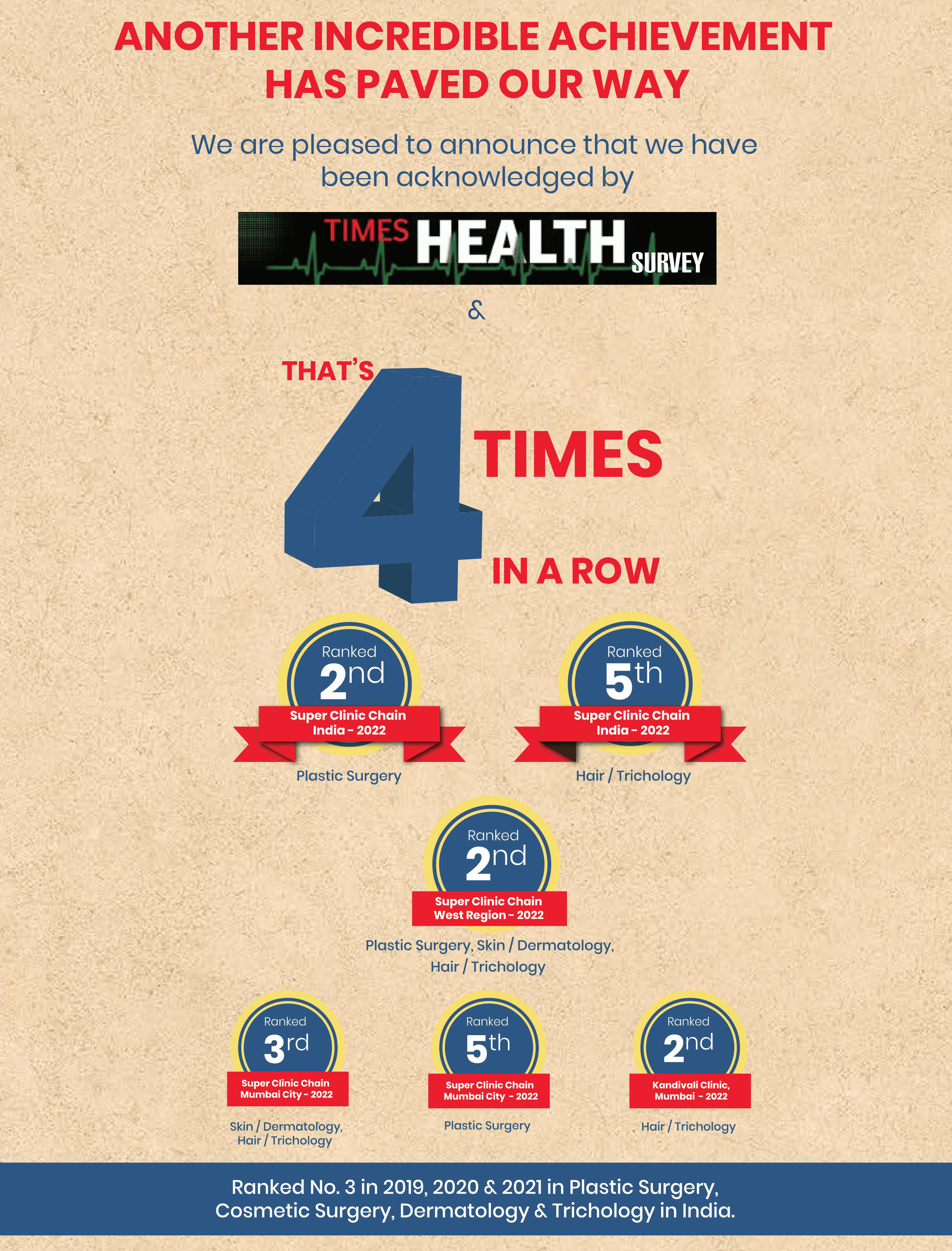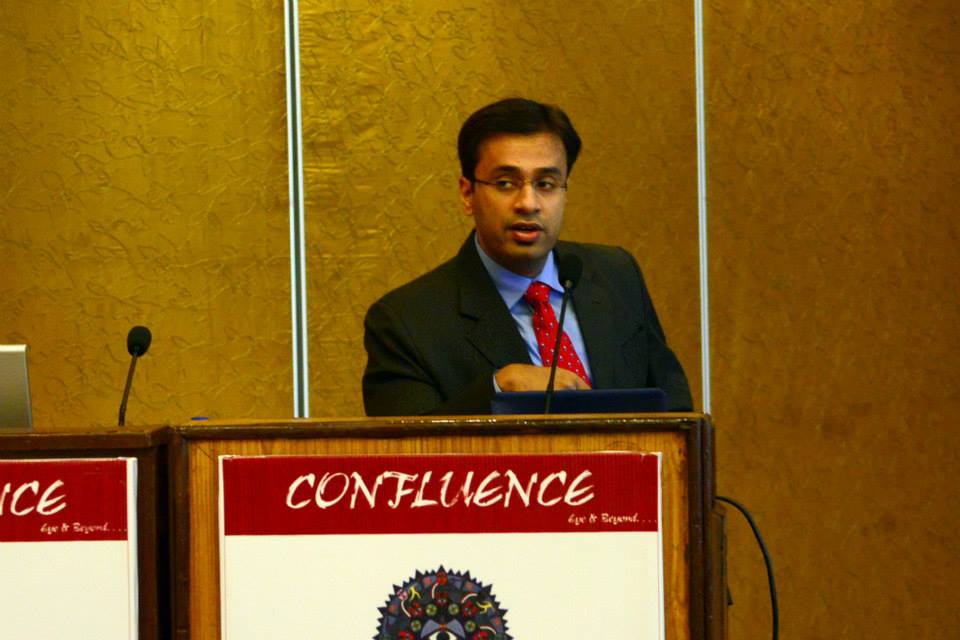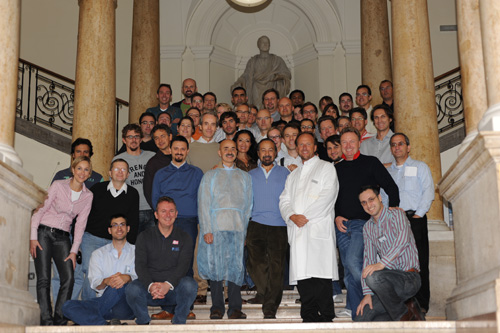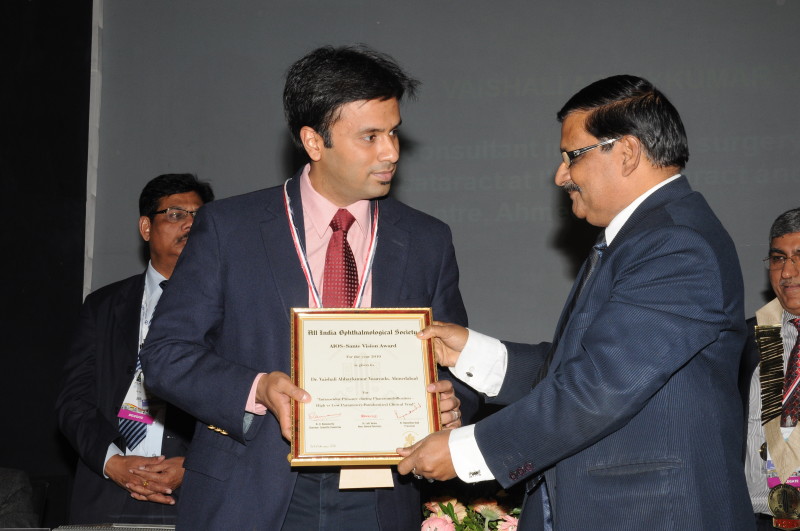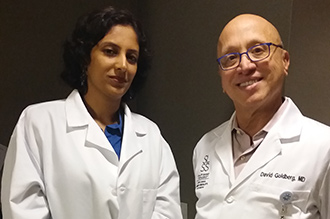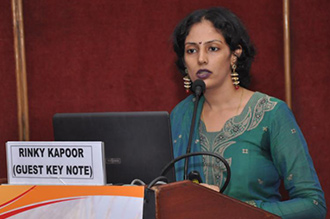Orbital wall decompression is a surgical procedure directed at managing/treating medical conditions such as thyroid-associated orbitopathy (TAO) – commonly called Graves ophthalmopathy – and exophthalmos – which is also known as proptosis. The figures (that is, 3 and 4) preceding the ‘wall decompression’ show the number of bony walls to be removed before the operation can be done. The 3- and 4 wall decompression surgeries are usually recommended for severe cases of the aforementioned medical conditions. The objective of the procedures is to increase the space within the orbital cavity thereby easing up the pressure that had built as a result of the effects of proptosis and Graves ophthalmopathy.
As the orbit is the surgical site for orbital wall decompression procedure, it is expedient that we discuss it briefly. The orbit is the skull socket that houses the eyes and their accessory organs, and its surrounding is filled with nerves, muscles, and fatty tissues. It is made up of seven different bones – maxilla, frontal bone, zygomatic bone, ethmoid bone, lacrimal bone, sphenoid bone, and palatine bone. The frontal sinuses and brain are located above the orbit while the maxillary sinuses are below and the ethmoid bone [along with the nasal cavity] occupy the area between the two orbits. The orbital roof is formed by the horizontal part of the frontal bone and the lesser wing of the sphenoid bone. The orbital floor is formed as the maxilla orbital plate connects to the zygomatic bone orbital plate and palatine bone orbital plate. This anatomical layout shows how confined the orbital cavity is, and this means any rise in the volume of tissues or muscles can markedly affect the integrity of the space. It, therefore, follows that the oculoplastic surgeons carrying out decompression procedures, do so with great care in order not to compromise certain delicate parts within the orbital cavity.
3 and 4 orbital decompression surgery is indicated in:
For whom 3 and 4 Orbital Wall Decompression Surgery is Not suitable for in India?
There are instances where it is not fitting for patients of exophthalmos and Graves ophthalmopathy to have 3 and 4 wall decompression surgeries. In such cases, the surgeon, in cooperation with the patient’s physician, will thoroughly evaluate the situation. In light of the foregoing, individuals having the following conditions will not be able to undergo wall decompression surgery:
The journey to having a successful wall decompression surgery begins right before the operation itself. As much as having wall decompression surgery done in a top clinic by the best oculoplastic surgeon [with the right resources] is commendable, you are also required to play a part. So, the first step is to seek out an appointment with the surgeon who will conduct some examinations on you while exploring your medical history. He/she will examine your eye to take note of the movements and alignments of the eyes, as well as your vision quality. The surgeon will also check for signs of swelling, and evaluate the state of your eyelids and orbit. He/she will then have you undergo other diagnostic scans like magnetic resonance imaging (MRI) and/or computed tomography (CT) to ascertain if you are suffering from Graves ophthalmopathy or proptosis – which will warrant going for wall decompression surgery. Once the extent of your condition has been assessed, and the surgeon has established that you are a candidate for the procedure, a date will be fixed for the operation. Additionally, the surgeon will furnish you with specific instructions to help you prepare for the procedure. It is yet crucial that the surgeon informs the patient about what to expect during the operation, and also the benefits and risks associated thereafter.
As per your preparation; aspirin and/or other blood-thinning drugs should be discontinued or not used at least 2 weeks before the day of the surgery. Again, anti-inflammatory drugs like Ibuprofen and Neurofen should also be avoided for that timespan.
The Procedure: 3 and 4 Wall Decompression in India
This surgery is performed under general anaesthesia, and the surgeon proceeds to make a bicoronal skin incision – that is, an incision around the crown of the head after the hair must have been shaved. The subgaleal fascia is then turned down for dissection to be achieved along the subperiosteal plane and the surface of the temporalis. Utmost care must be taken at this point in order not to damage the frontal aspect of the supraorbital nerves. The dissection of the periorbita tissues is then carefully done from the roof of the orbit down to the medial wall. An incision is made on the temporalis to ensure partial release from its attachment, and then removes the lateral orbital wall – along with the rim. It should be noted that the 4-walled decompression is premised on the extension of the lateral wall aspect that has been worked on in the 3-walled decompression technique. The surgeon will proceed to dissect into the space beneath the temporal fossa and momentarily taking off the zygomatic buttress in order to gain unrestricted access to the orbital floor. Next, the surgeon will dissect of the dura mater in such a way that the inner compact layer of the bony covering of the brain is not touched. After this, the surgeon will remove the bifrontal flap. Thereafter, the surgeon opens the frontal sinuses, wholly removes the mucous lining of the nasal cavity and proceeds to remove the orbital floor. The orbital medial wall is also removed as far as the sphenoid body on the posterior end – for 3-walled decompression – and posteriorly as far as the posterior ethmoidal artery for a 4-walled decompression procedure. The surgeon will then move to methodically make incisions on the preorbital tissues to create new spaces into which orbital fat, which had been pushing against the globe can protrude into – excess orbital fat will be eventually excised to further decompress the space. The zygomatic buttress will now be replaced and secured with a stitch while the bone flap is reconstructed using miniplates and then firmly fixed. A suction drainage system is inserted into the orbit; this will be removed 24 hours after the operation. A pad will also be used to cover the patient’s eyes. The 3 and 4 wall decompression protocol should take between 2 – 3 hours to complete, and individuals who have undergone the protocol may need to stay in the hospital for the next 24 – 48 hours – after the operation.
Some of the risks associated with 3 and 4 wall decompression surgeries are:
The attendant surgeon will prescribe some medications [like antibiotic drugs and eye drops, and steroid tablets] to help your healing process – these prescriptions should be taken committedly. The pad that was placed over the surgical site can be taken off a day after leaving the hospital. Swelling is commonplace after decompression surgery, so you should consider having an extra pillow to raise your head on to minimize post-surgery swelling – this issue should be resolved in a couple of weeks. Ice packs can also be applied regularly – for 10 mins every hour – within the next 2 days after the procedure is completed. Again, physical exercises and even the blowing of nose should be avoided for the next 4 weeks [after the operation] in order not to put a strain on the surgical site and make the recovery longer. Owing to the spate of double vision you may experience; it is advised that you desist from driving during your recovery. Nevertheless, the surgeon should be informed as soon as possible whenever you notice or experience any complication. That aside, the surgeon is expected to have a post-operation course laid out to keep monitoring your recovery.
Are you finding a top clinic nearby to have this procedure done in India? The Esthetic Clinics has you covered; we have with us the best oculoplastic surgeons for 3 and 4 wall decompression. And, with the team of surgeons being led by renowned celebrity surgeon, Dr. Debraj Shome, you will surely get a medical/surgical service you will live to remember – forgetting the pains caused by the symptoms of exophthalmos or Graves ophthalmopathy.
The cost of 3 and 4 wall decompression procedures can only be evaluated on an individual basis. More so, giving a particular range could even send out the wrong message. Hence, we advise that you reach out to our team for us to carefully analyse your situation and provide you the cost estimate. Having said that, you should note that the overall price for 3 and 4 wall decompression may be influenced by the following factors:


Dr. Debraj Shome is Director and Co founder of The Esthetic Clinics. He has been rated amongst the top surgeons in India by multiple agencies. The Esthetic Clinics patients include many international and national celebrities who prefer to opt for facial cosmetic surgery and facial plastic surgery in Mumbai because The Esthetic Clinics has its headquarters there.
